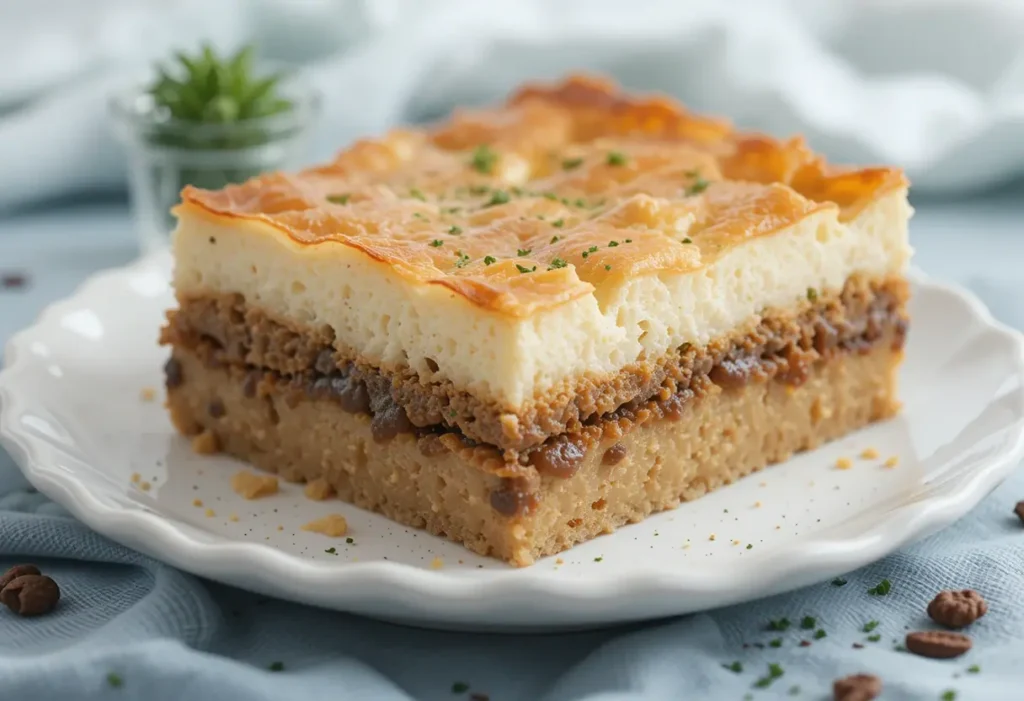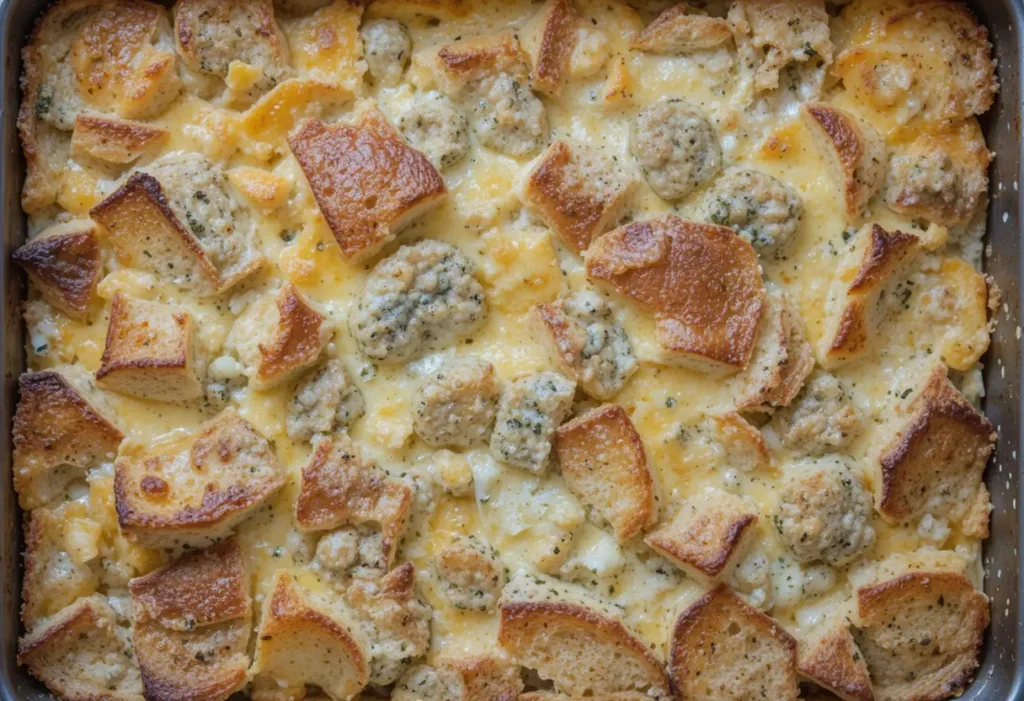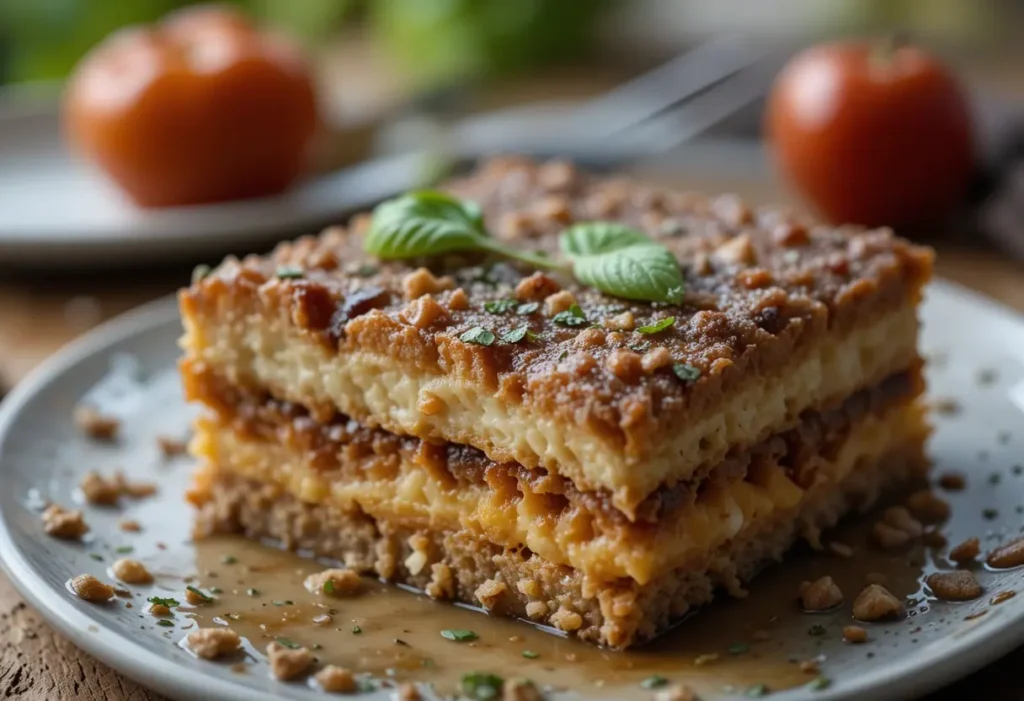A strata is a popular dish, often enjoyed for breakfast or brunch, that involves layering bread, eggs, cheese, and other ingredients before baking. However, if you’ve ever encountered a soggy strata, you know it can be quite disappointing. A soggy texture can be caused by several factors, from the ingredients used to the way it’s prepared and baked. In this article, we’ll explore the most common causes of a soggy strata and how to avoid them.
Understanding Strata and Common Mistakes
Strata is a layered casserole, typically consisting of bread, eggs, and a variety of fillings. It’s a versatile dish that can be made in advance and baked just before serving. However, soggy strata is a common problem, and understanding its ingredients and preparation method is key to solving it.
If you’re new to this dish, you might be wondering what exactly strata means in cooking. Strata eggs are a key ingredient, and they play a crucial role in achieving the perfect consistency. However, the wrong bread type or excessive liquid can make your strata a watery mess.
Common mistakes leading to soggy strata:
- Using too much liquid: The egg mixture should be absorbed by the bread, not swim in it.
- Inadequate bread selection: Fresh, soft bread can absorb too much moisture, whereas stale bread holds up better.

Key Causes of a Soggy Strata
There are several factors that can lead to a soggy strata. Let’s dive into the top culprits.
1. Bread Issues
- Bread type is crucial when making strata. Soft, fresh bread tends to absorb moisture quickly, which can make your strata soggy.
- Instead, opt for day-old bread or a sturdier type like sourdough, which can absorb the egg mixture without falling apart.
2. Too Much Liquid
- A soggy strata may result from adding too much liquid to the egg mixture. The eggs and cream should be just enough to coat the bread.
- You can reduce the liquid by using less milk or cream, or by draining any excess liquid from the vegetables and meats you add.
3. Overcrowding the Dish
- If your strata is packed too tightly with ingredients, it can trap moisture, resulting in sogginess. It’s essential to allow enough space between the layers for even cooking and moisture evaporation.
4. Not Letting the Strata Sit Long Enough
- A common mistake when making strata is not letting it sit for long enough before baking. Allowing the bread to absorb the egg mixture for several hours or overnight is essential for preventing sogginess.
5. Not Pre-cooking Fillings
- If you’re adding ingredients like vegetables or sausage, it’s essential to cook them first. Raw vegetables or uncooked meat release moisture as they bake, which can seep into the strata and make it soggy.
Solutions to Prevent a Soggy Strata
Now that we’ve discussed the common causes of soggy strata, let’s look at some practical solutions to ensure your strata comes out perfectly baked every time.

- Use the right bread: Stale bread or thick slices of sourdough work best for absorbing the right amount of liquid.
- Don’t overload with liquid: Stick to a balance between the eggs and milk/cream. Aim for a custard-like consistency rather than a watery one.
- Let it sit overnight: Allowing the strata to rest for several hours or overnight helps the bread absorb the liquid without becoming soggy during baking.
- Precook your ingredients: Avoid raw vegetables or meats to prevent excess moisture.
FAQs About Soggy Strata
1. Can I use fresh bread for strata? Using fresh bread is possible, but it’s more likely to absorb too much moisture. Opt for slightly stale bread or toast it lightly before using it in your strata.
2. How do I fix a soggy strata after baking? If your strata turns out soggy, you can try placing it back in the oven at a low temperature (around 300°F) to allow it to cook off the excess moisture.
3. Can I freeze strata to prevent sogginess? Yes! You can freeze strata after assembling it. Freezing it before baking prevents excess moisture from building up and helps maintain a better texture.
For more about strata, check out What Does Strata Mean in Cooking?.
Final Thoughts
Achieving the perfect strata requires attention to detail, especially when it comes to ingredients and baking methods. By choosing the right bread, controlling the amount of liquid, and letting your strata sit long enough, you can avoid the dreaded sogginess. Whether you are preparing a breakfast strata or a hearty brunch dish, following these tips will ensure you get a flavorful and well-textured meal.
If you’re interested in exploring other egg-based dishes, check out What is the Difference Between a Strata and Frittata?, a great resource for understanding how to make other delicious breakfast options.


1 thought on “Why is My Strata Soggy?”
Comments are closed.